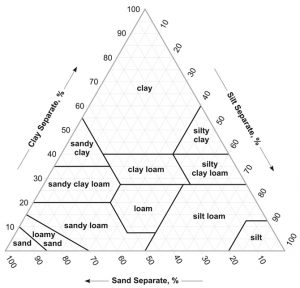Stone products are both effective and versatile for use around the home, with almost endless possibilities. With a wide range of colors and sizes, stone can be used for decorative purposes, or for improving drainage around foundations and garden beds. It requires little maintenance and is easy to lay. Here are a few of the many uses for different stone products:
River Rock: 3/4 inch and round, river rock is tan in color with slight variations and is a decorative stone that is perfect for around a fire pit, or around pool areas. River rock can also be placed in garden beds to discourage weed growth and promote drainage.
Pea Stone: With a smooth finish, pea stone is a perfect product for high-traffic areas like walkways , dog-runs and patios.
Star Pack: Star pack is a combination of 3/4 inch crushed stone and stone dust. Star pack packs solid and is perfect for driveways and on walkways under paver stones.
Crushed Stone: With a variety of different sizes including 3/8 inch, 1/2 inch, 3/4 inch and 1 1/2 inch, crushed stone has a multitude of uses. Crushed stone can be used as a replacement for paving on residential driveways, or for paths. Crushed stone is also a key ingredient for drainage and can be used as a base for filling areas.
With so many uses, and low cost, stone is perfect for projects around the house.

 Sources:
Sources: